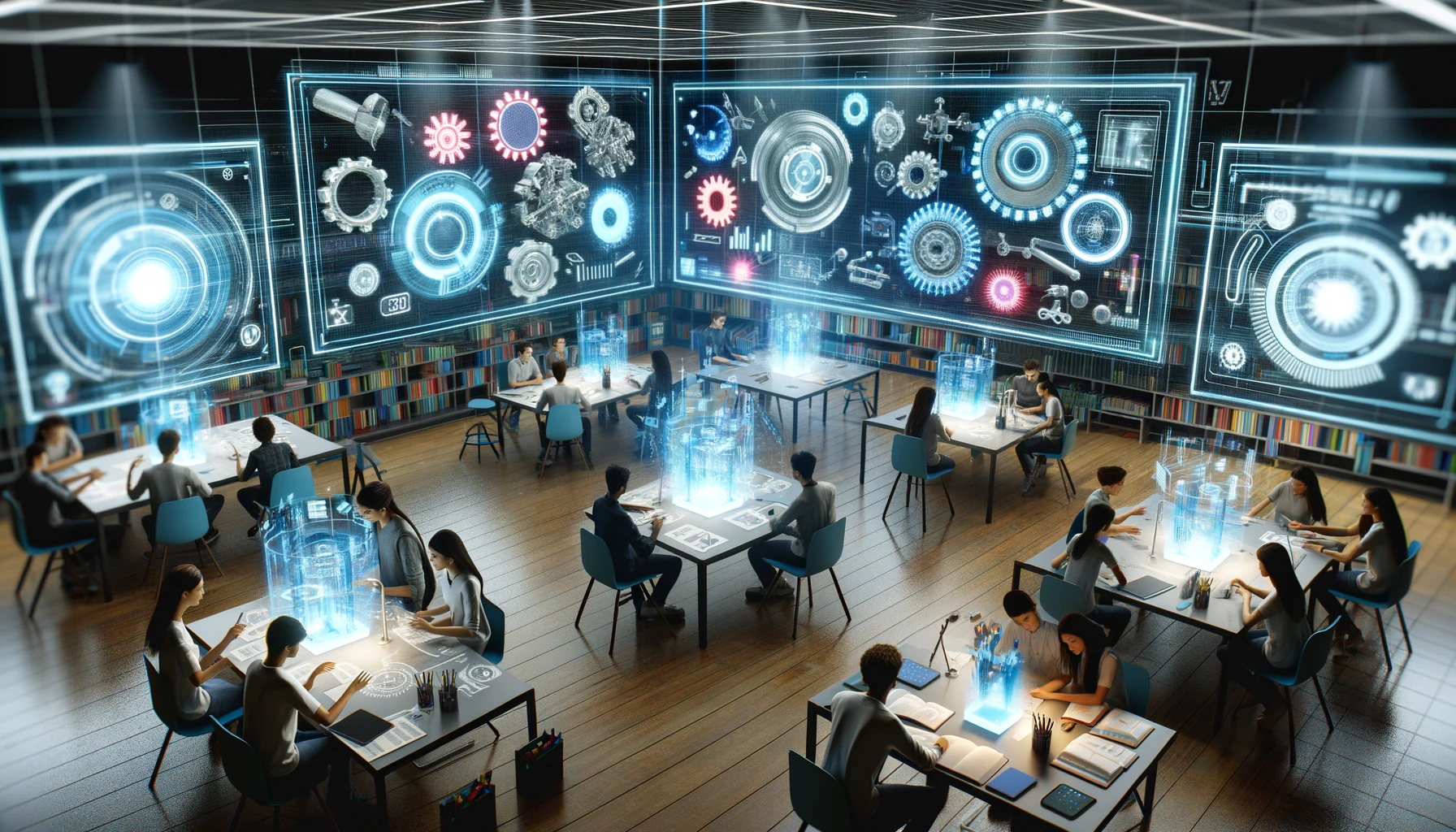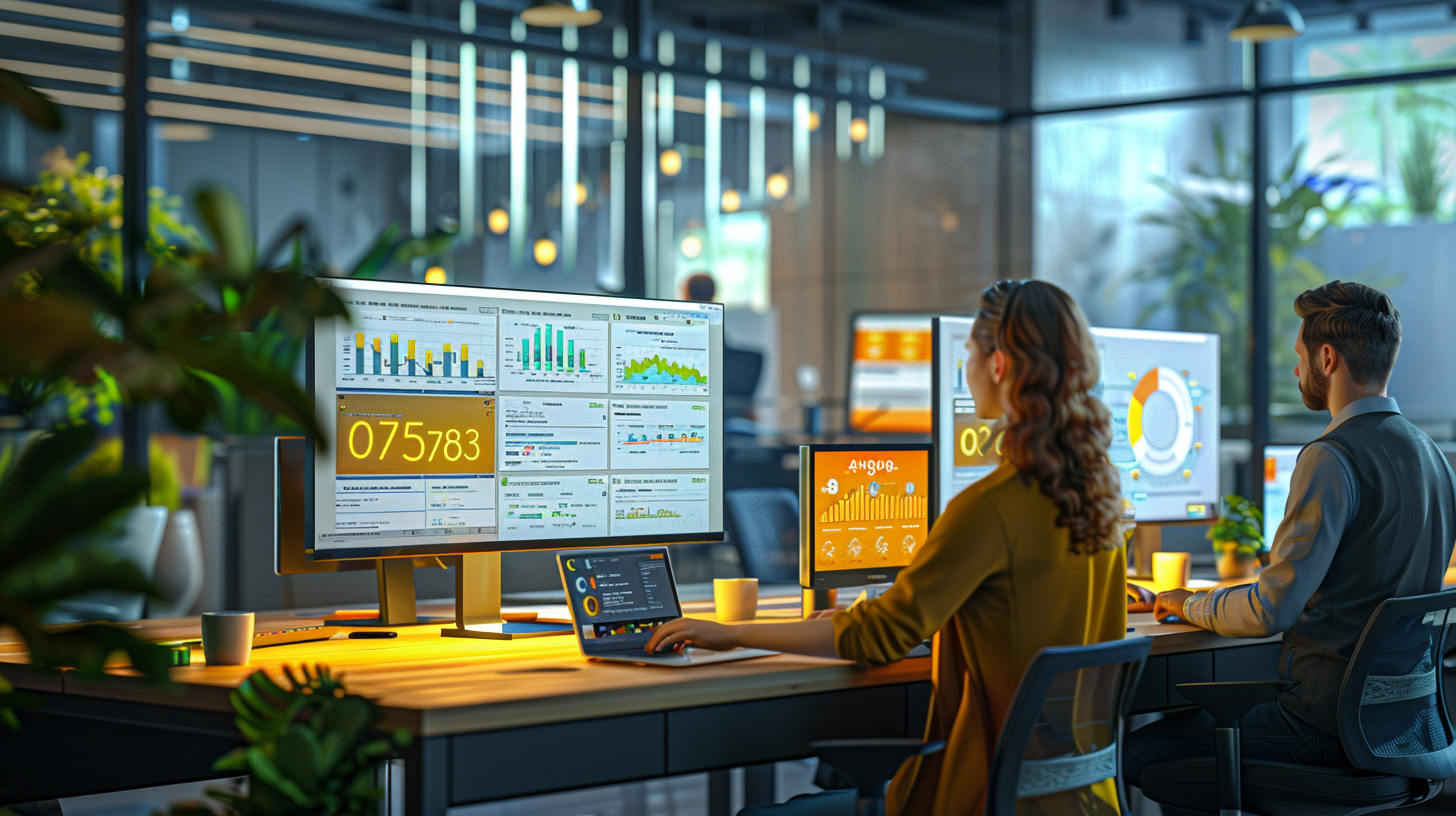
How AI is Reshaping The Landscape Of Designers?
AI and Design Symbiosis
AI is making waves in the design industry, but it’s not about replacing designers. Instead, AI is enhancing their abilities in various meaningful ways. To understand this better, let’s explore how AI impacts five key design areas. Each of these areas demonstrates the unique contributions of AI, while also highlighting why human creativity remains essential. This combination of AI and human ingenuity is refacing the future of design, providing new opportunities for creativity and innovation.
Graphic Design: Enhanced Efficiency
In graphic design, AI serves as a valuable assistant. It automates repetitive tasks, such as resizing images or selecting color palettes. This saves time, allowing designers to focus on storytelling and concept creation. While AI tools can suggest layouts and designs, the unique human touch in crafting compelling visuals remains irreplaceable.
UX/UI Design: Better User Insights
For UX/UI designers, AI acts as a research partner. It collects and analyzes user data efficiently, offering insights into user behavior and preferences. Designers can then translate these insights into intuitive designs. AI can suggest improvements based on user interactions, but creating an engaging and user-friendly interface is still a human-driven process.
Interior Design: Advanced Visualization
In interior design, AI provides advanced visualization tools. These tools help create realistic 3D models and simulations, giving clients a clear idea of the final result. However, the true magic lies in a designer’s taste and understanding of client needs. AI can’t replicate the nuanced decisions that make a space truly unique and personalized.
Fashion Design: Trend Prediction
AI is a game-changer in fashion design by predicting trends and analyzing consumer preferences. It helps designers stay ahead of the curve, ensuring their creations align with market demand. However, the emotional connection that a well-crafted design can evoke is a human touch that AI cannot replicate. Designers bring their vision to life, creating pieces that resonate on a deeper level.
Industrial Design: Streamlined Prototyping
In industrial design, AI optimizes the prototyping process. It can quickly generate and test multiple design iterations, identifying the most efficient and effective solutions. Despite this, the initial creative ideation and ergonomic understanding come from human designers. Their ability to envision and refine innovative products is something AI supports but doesn’t replace.
The Bigger Picture: AI and Design Synergy
AI is not overshadowing designers but enhancing their toolkits. By integrating AI, designers can focus on what they do best: creating and innovating. Staying updated with AI advancements and continuously sharpening human-centric skills will ensure designers remain at the forefront of their fields.
Embrace AI and Design Combination
The main role of AI is to bring enhanced creativity. This evolving environment offers many opportunities for those who are willing to adapt and grow. Keep an open mind and be prepared to integrate AI into your design process. This partnership between human creativity and AI’s capabilities is opening up a world of limitless potential.
Wrapping Up: The Future Of This Fusion
In conclusion, AI is a powerful tool that complements and extends the capabilities of designers. It helps automate routine tasks and provides valuable insights, making the design process more efficient. However, the essence of design—creativity, intuition, and emotional connection—remains firmly in human hands. AI can support and enhance the work of designers, but it cannot replace the unique human touch that brings designs to life. By using AI, designers can explore new possibilities and deliver more innovative and impactful designs, ensuring that their work continues to captivate and inspire.



